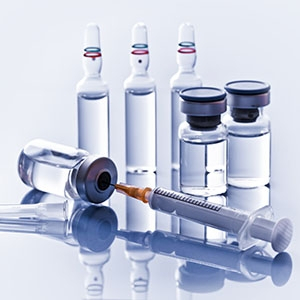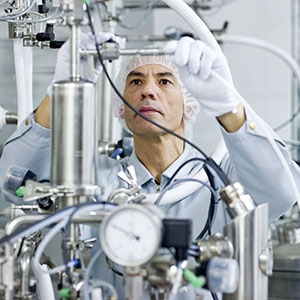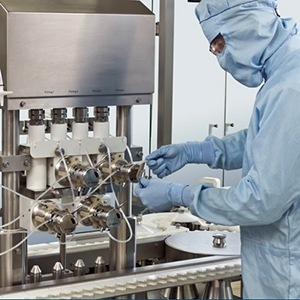As regulatory trends and quality initiatives continue to evolve in the pharmaceutical industry, this issue examines industry rules that support continuous improvement across the product lifecycle.
Features
Simplified approaches that enable changes to analytical procedures over their lifecycle are needed to allow continual improvements and adaptations due to technological obsolescence and other challenges. This article reflects on the positive impact that the recent ICH Q14 guidance can have on facilitating these changes. Five examples are provided that are based on scenarios in which analytical...





































































